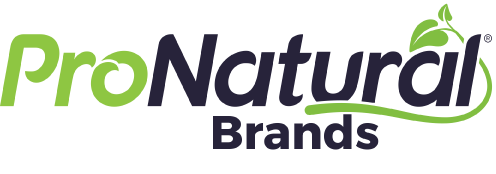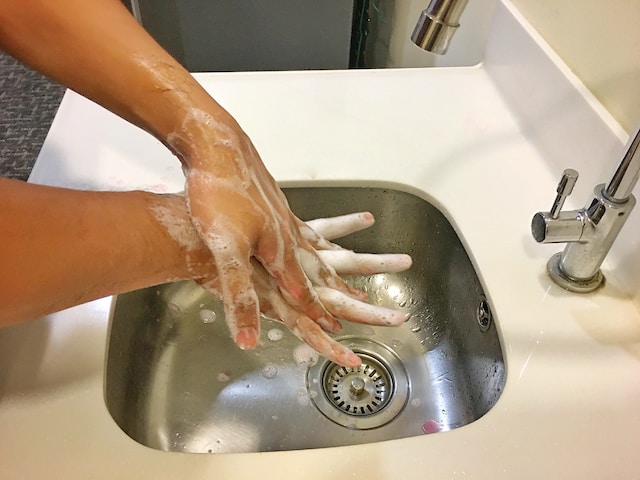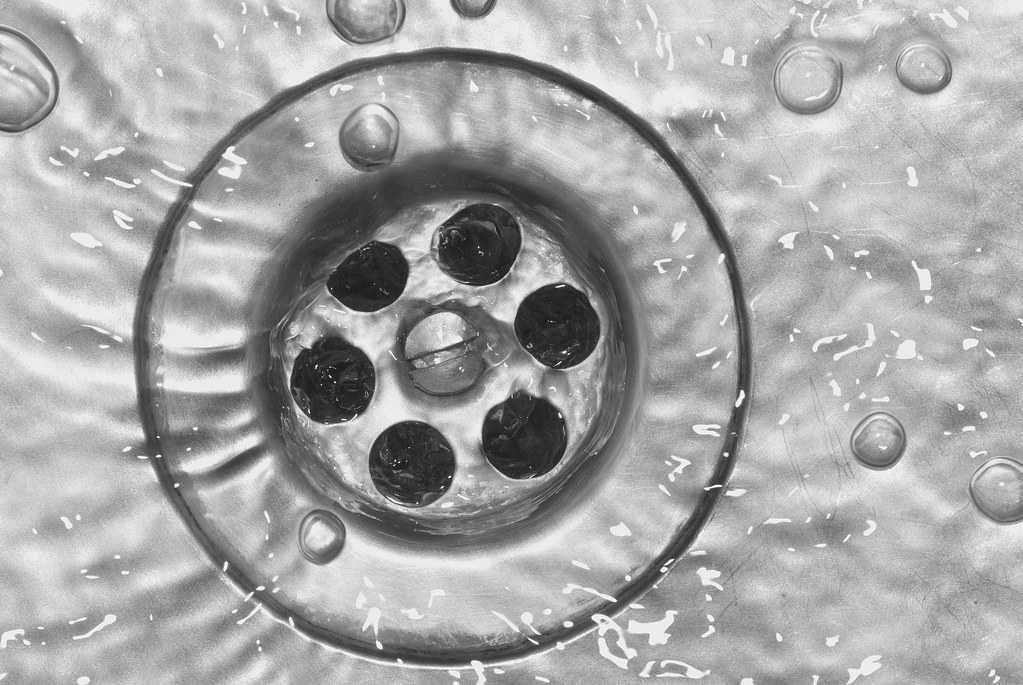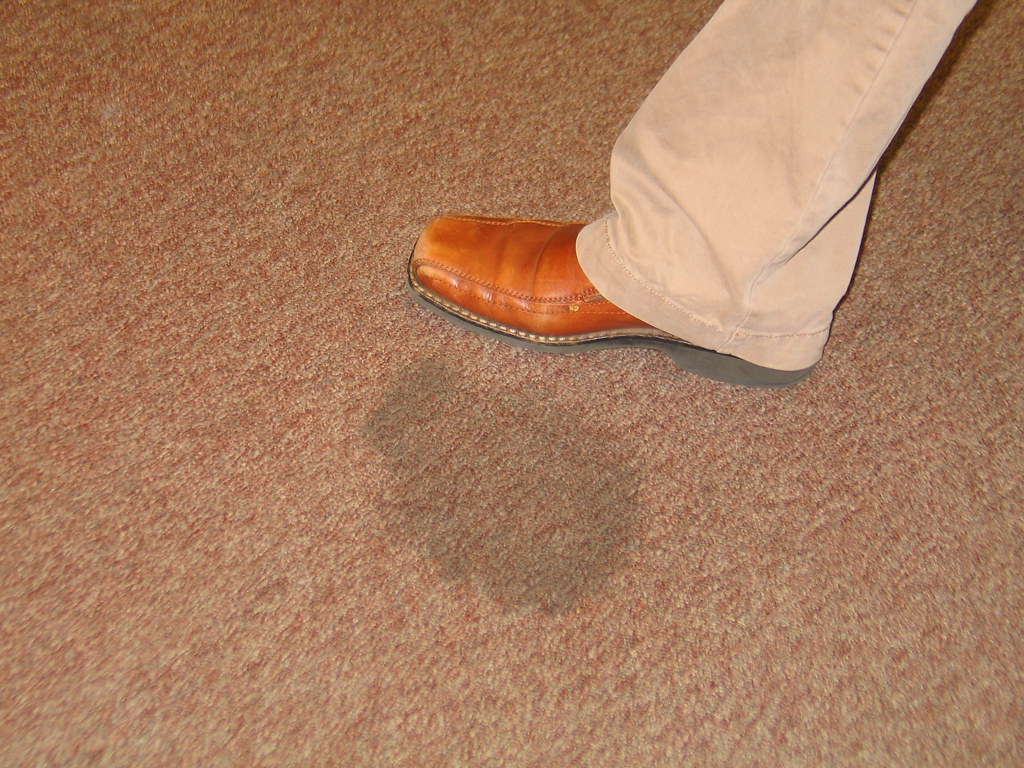Let’s assume you are the new facility manager at an established company. You notice that the floors appear shiny, the offices neat and clean, and the windows sparkly. At first, you think that the cleaning crew you are about to lead is doing an excellent job.
However, before taking over this position, you are told the company has a high absenteeism rate. Every day there are several employees out sick.
Someone suggested it could be tied to the cleaning, even though the office always looks so clean. A bell goes off.
You ask to see the janitorial supply closet. One look at the vast array of toxic chemicals, aerosol sprays, degreasers, and cleaners with high pH, and you soon realize substantial changes are needed. The cleaning crew must start cleaning for health and not just appearance.
While it is great to have a clean facility, the reality is too often the appearance of the facility has little if anything to do with how healthy it is. Don’t get me wrong—cleaning—the removal of visible – is something we all want. But in today’s post-pandemic world, we know that viruses, bacteria, fungi, and other potentially dangerous pathogens spread quickly, negatively impacting thousands of people.
The Data Behind Cleaning for Health
Research from ISSA, the worldwide cleaning association, and other sources going back more than twenty years tells us that proper cleaning with safer and more effective cleaning products such as those marketed by ProNatural Brands, helps prevent the spread of disease.
For instance:
• The probability of catching a common cold or flu is reduced by 80 percent with more effective cleaning.
• Virus contamination is down by 62 percent, again with more effective cleaning.
• Absenteeism by 46 percent.
These reductions sound even more impressive when one considers the data surrounding sick employees and its impact on worker productivity:
• Cold and flu symptoms reduce employee performance by as much as 8 percent.
• The average employee misses eight days of work annually out sick.
• Sick days account for a 54 percent decrease in productivity and a 39 percent decrease in sales and customer service.
• Sick days cost the U.S. economy upwards of $225.8 billion annually.
Cleaning for Health in Schools
Of course, colds and the flu do not only affect businesses. The average elementary school child catches more than eight colds or cases of the flu annually, and twenty-two million school days are lost each year to the common cold alone. This also negatively impacts their performance in school.
Meanwhile, studies show that professional cleaning not only reduces the health risks of colds and the flu in schools but also improves cognitive function by 6 percent, math scores by 49 percent, and reading scores by 27 percent.
And lest we think the only time a clean facility matters is during cold and flu season or during a pandemic, consider the following:
• Dust exposure affects workers’ cognitive functions by as much as 6 percent, as well as causing eye, skin, and lung irritation.
• Poor indoor air quality contributes to breathing disorders, such as asthma; diminishes concentration and focus; causes headaches and fatigue, lowers productivity; and increases absenteeism.
• Extended exposure to mold can cause breathing problems, sickness, and even death in humans.
Cleaning for Health Means Healthy
Making sure a facility is cleaned for the health of its inhabitants and visitors requires balance. It requires using safe and effective cleaning solutions, such as citric acid cleaning solutions marketed by ProNatural Brands, LLC.
These formulations are good for human health and the environment, and they effectively do the job. The data is there. Cleaning for health keeps all of us healthy.
What’s more. Keeping our indoor environments and inhabitants safe and healthy creates a shine all its own. It’s up to all of us to educate our customers on the need to clean for health first, then appearance.






